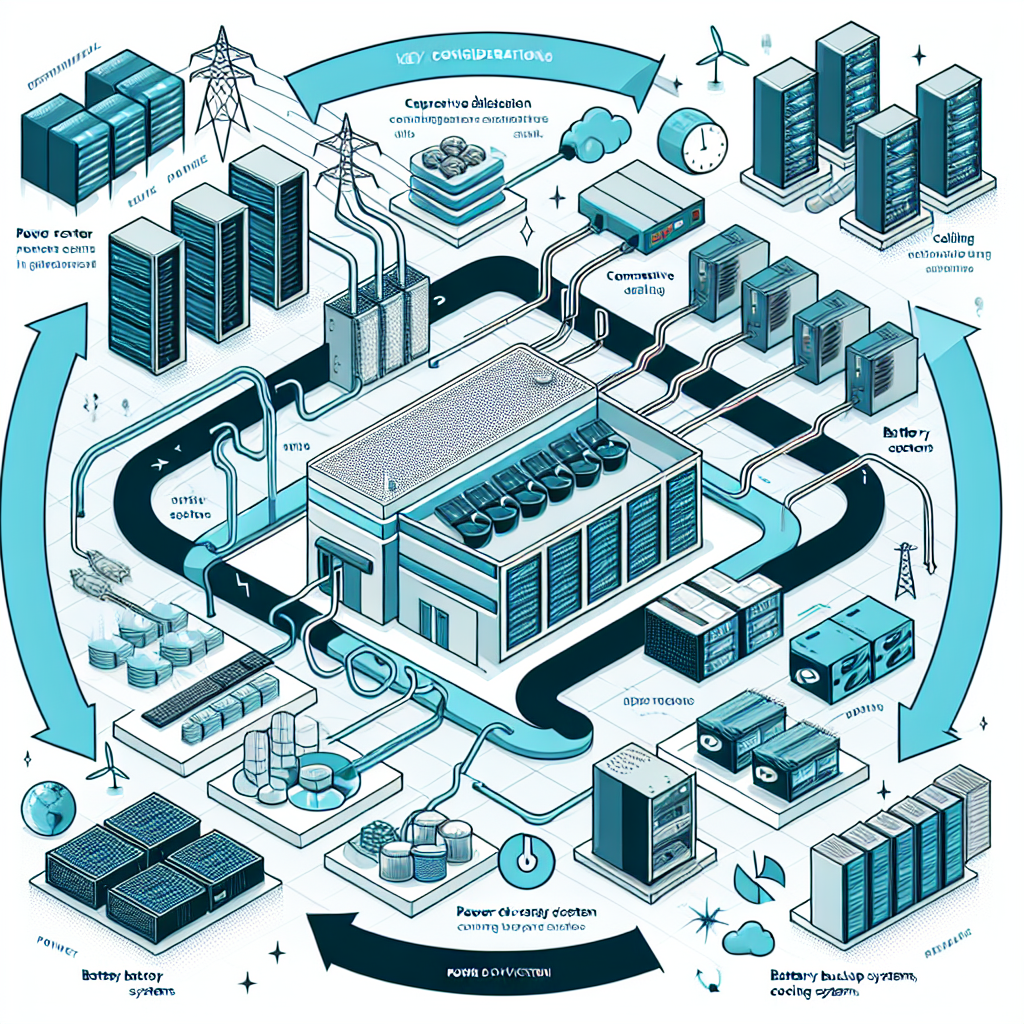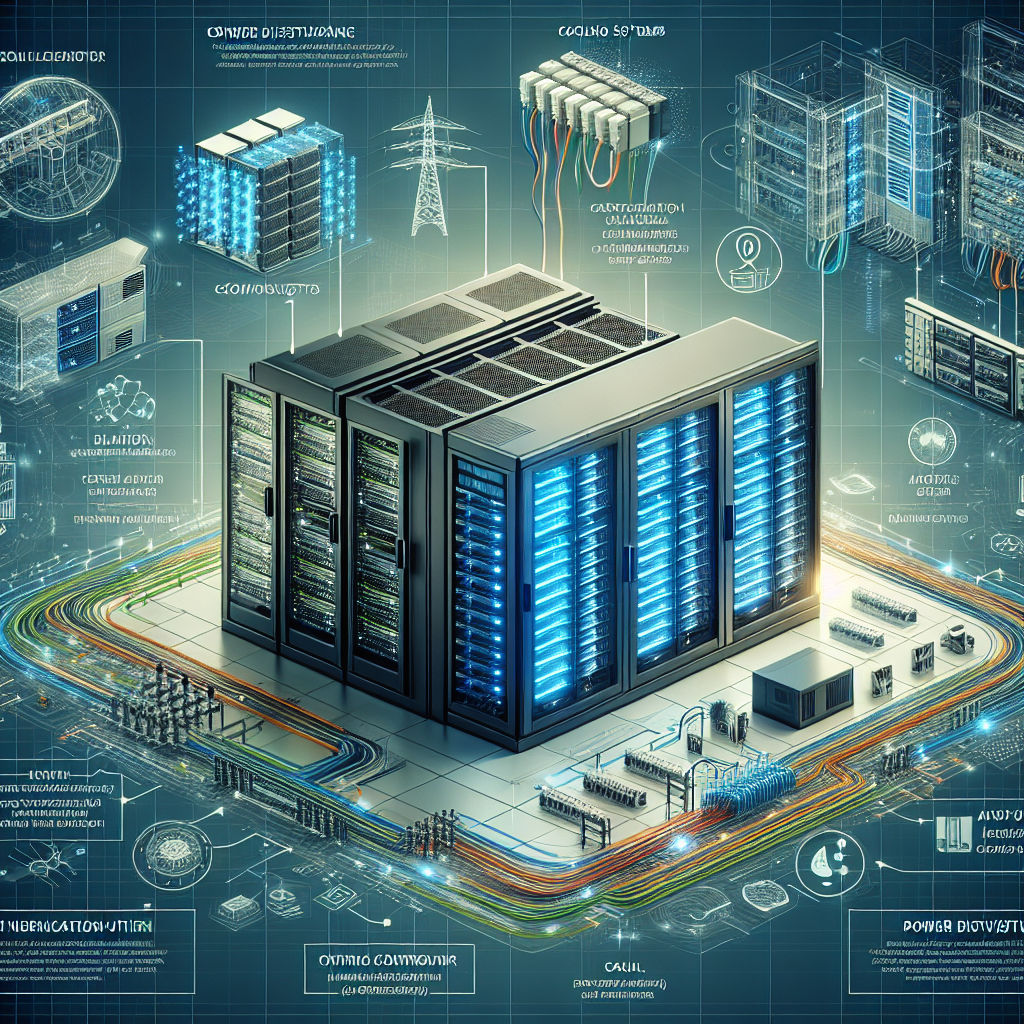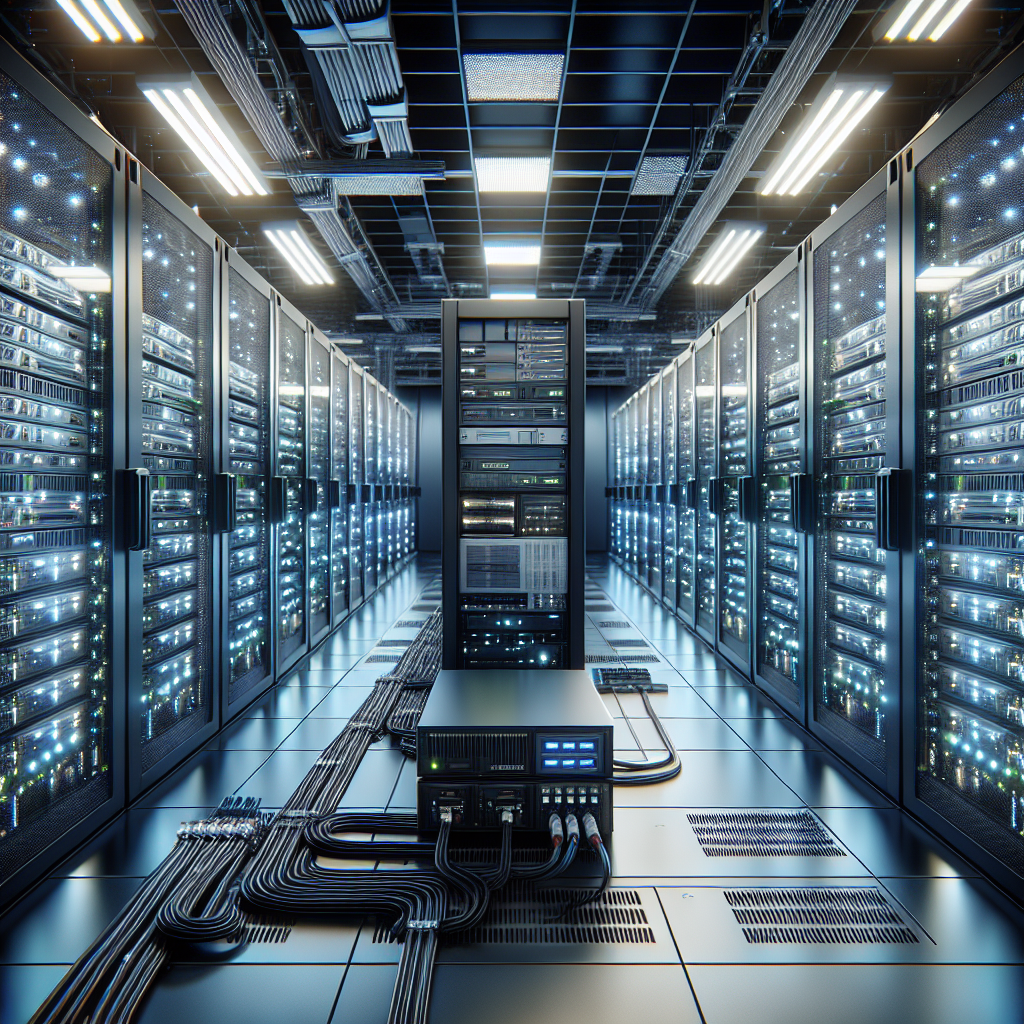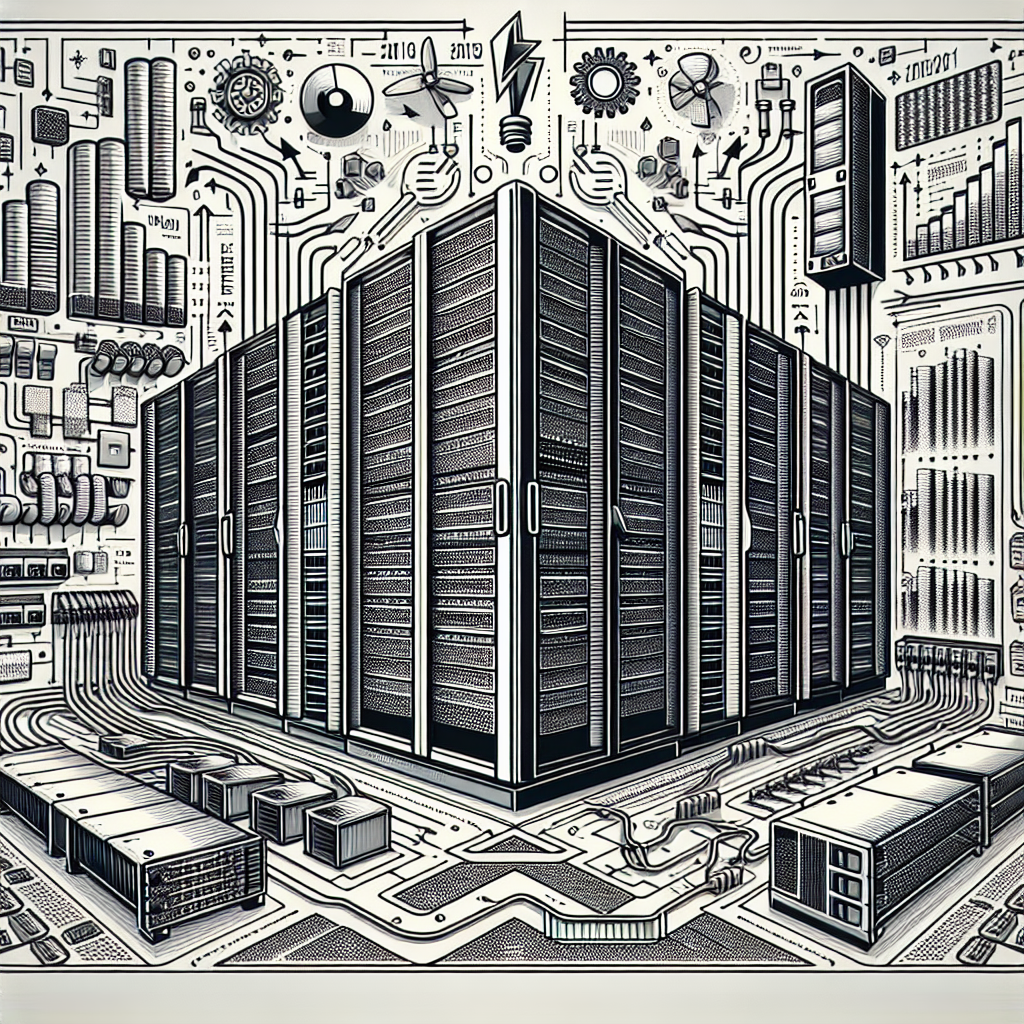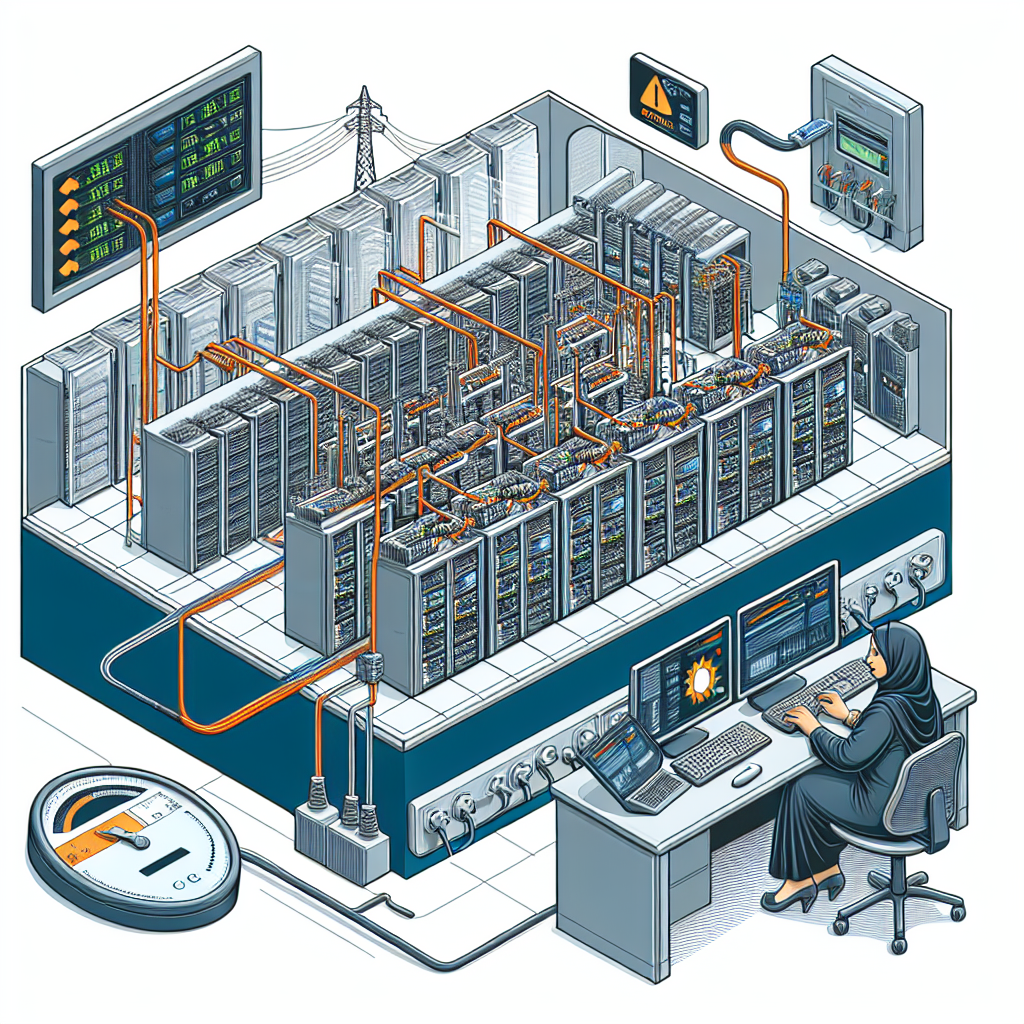Designing a data center power distribution system is a critical aspect of ensuring the reliable and efficient operation of a facility. The power distribution system is responsible for delivering electricity to all the critical components of the data center, including servers, networking equipment, and cooling systems. Therefore, it is important to carefully consider several key factors when designing a data center power distribution system.
One of the most important considerations when designing a data center power distribution system is redundancy. Redundancy is essential to ensure that the data center remains operational in the event of a power outage or equipment failure. There are several levels of redundancy that can be implemented, including N+1, 2N, and 2(N+1) configurations. The level of redundancy chosen will depend on the criticality of the data center and the budget available for the project.
Another important consideration when designing a data center power distribution system is scalability. Data centers are constantly growing and evolving, so it is important to design a power distribution system that can easily accommodate future expansion. This may involve installing additional power distribution units, upgrading existing equipment, or implementing a modular design that can be easily expanded as needed.
Efficiency is also a key consideration when designing a data center power distribution system. Data centers are some of the largest consumers of electricity, so it is important to design a system that minimizes energy waste and reduces operating costs. This may involve using energy-efficient equipment, implementing power management software, and optimizing the layout of the power distribution system to minimize energy losses.
In addition to redundancy, scalability, and efficiency, it is also important to consider the physical layout of the data center when designing a power distribution system. The power distribution system should be designed to minimize the risk of electrical faults, such as short circuits or overloads, and should be installed in a way that allows for easy access for maintenance and repairs.
Overall, designing a data center power distribution system is a complex and critical task that requires careful consideration of several key factors. By considering factors such as redundancy, scalability, efficiency, and physical layout, data center operators can ensure that their facility remains operational and efficient for years to come.
